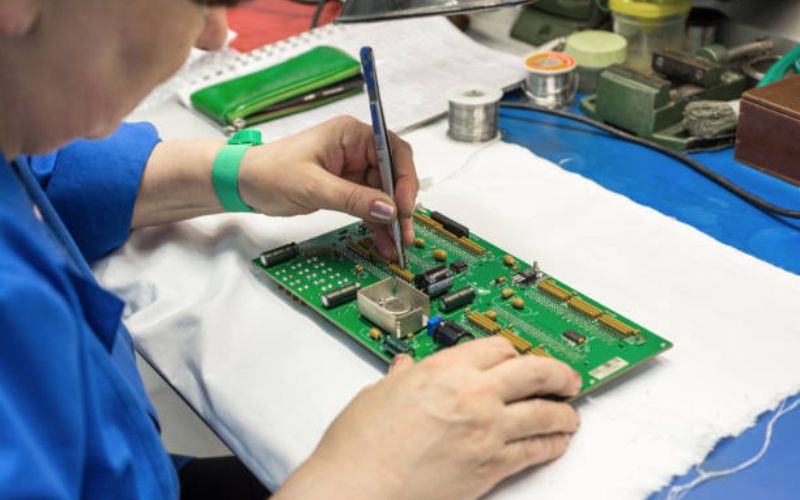1. Understanding the Importance of Testings Heatsink
When it comes to building a computer or any electronic device that requires a cooling system, testing the heatsink is crucial. A heatsink plays a vital role in dissipating the heat generated by the device, preventing overheating and potential damage. Therefore, proper testing ensures the effectiveness and efficiency of the heatsink.
2. Visual Inspection of the Heatsink
The first step in testing a heatsink is to visually inspect it for any physical damages or abnormalities. Check for bent fins, corrosion, or dust buildup, as these issues can affect the heatsink's performance. Make sure the heatsink is securely attached to the component it's cooling, such as a CPU or GPU.
3. Monitor Temperature Changes
One of the most effective ways to test a heatsink is by monitoring temperature changes during operation. Use a temperature monitoring tool to track the temperature of the component being cooled and compare it to the manufacturer's specifications. If the heatsink is working properly, it should be able to maintain the temperature within an acceptable range.
4. Conducting Thermal Imaging Tests
Thermal imaging tests are another method to evaluate the performance of a heatsink. By using a thermal camera, you can visualize the heat distribution and identify any hot spots that indicate poor heat dissipation. This test can help pinpoint any areas of improvement or potential issues with the heatsink.
5. Performing Thermal Resistance Tests
Thermal resistance tests involve measuring the thermal resistance of the heatsink, which indicates how well it can transfer heat away from the component. By using specialized equipment to measure thermal resistance, you can determine the effectiveness of the heatsink in dissipating heat and make adjustments if necessary.
6. Testing Airflow and Cooling Efficiency
Another crucial aspect of testing a heatsink is evaluating its airflow and cooling efficiency. Insufficient airflow can limit the heatsink's ability to dissipate heat effectively, leading to overheating. By testing the airflow and cooling efficiency, you can ensure optimal performance and prevent thermal issues.
7. Check for Noise Levels
In addition to performance testing, it's essential to check for noise levels when testing a heatsink. A noisy heatsink can indicate issues with the fan or airflow, affecting its cooling ability. Make sure the heatsink operates quietly and efficiently to maintain a suitable environment for the electronic device.
8. Stress Testing the Heatsink
Stress testing the heatsink involves pushing the electronic device to its limits to see how well the heatsink performs under extreme conditions. By subjecting the heatsink to high temperatures or heavy workloads, you can assess its reliability and durability in real-world scenarios.
9. Comparing Test Results to Standards
To determine if the heatsink meets industry standards and specifications, it's essential to compare the test results to established criteria. This ensures that the heatsink can effectively cool the component within the specified parameters and meet performance expectations.
10. Regular Maintenance and Re-Testing
Once you have tested the heatsink and made any necessary adjustments, it's crucial to perform regular maintenance and re-testing to ensure continued performance. Cleaning dust buildup, reapplying thermal paste, and checking for any wear and tear can help prolong the heatsink's lifespan and maintain optimal cooling efficiency.
Quote Inquiry
Contact us!

